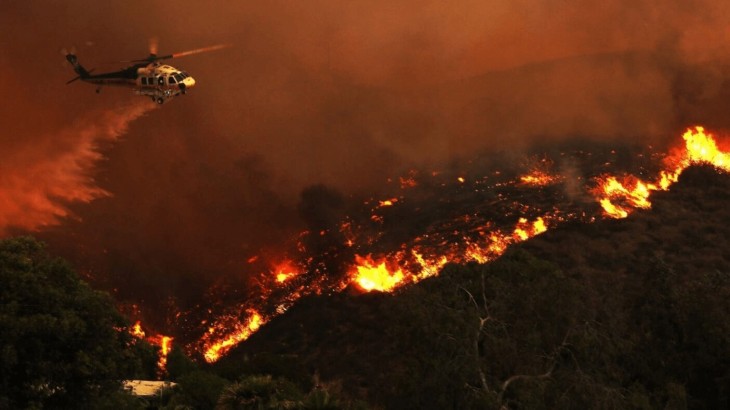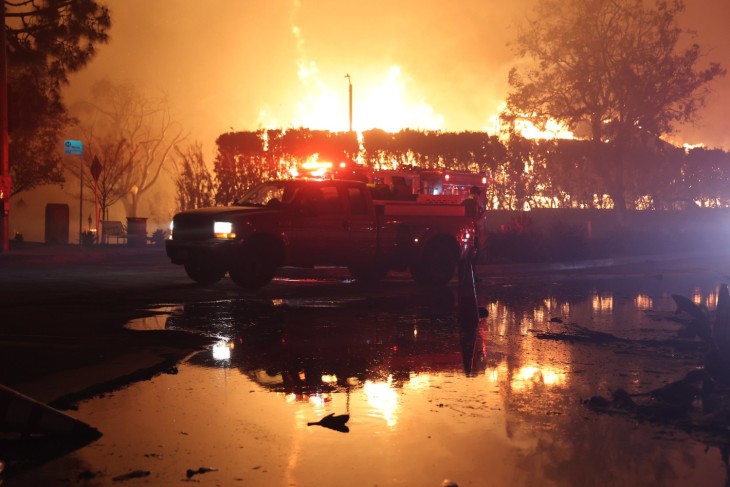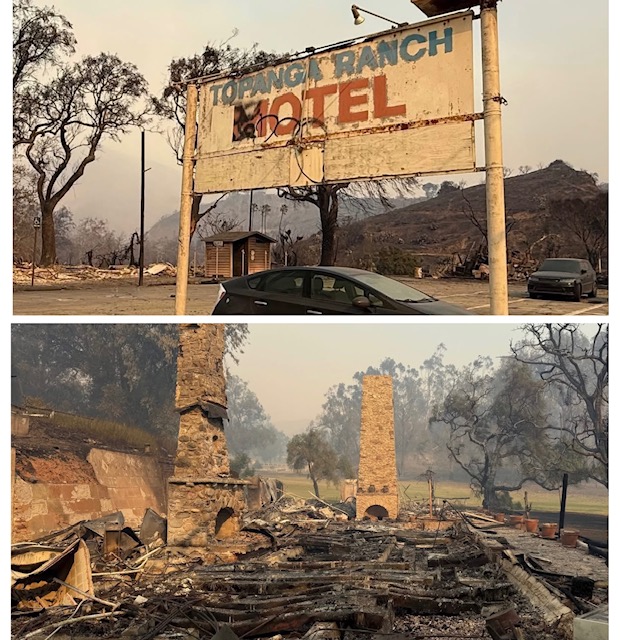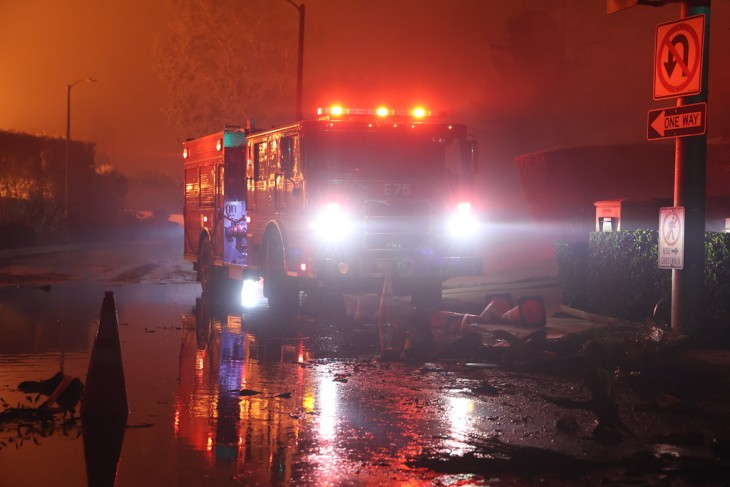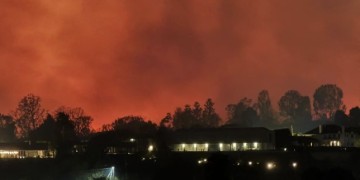By Gerald W. Frank, M.D.
Many patients tell me, “Doctor, whenever I get a cold, it goes right to my chest.” Does this mean the patient has developed pneumonia? In most cases, no, but it’s important to know the signs of pneumonia, which is usually a serious infection. In fact, before antibiotics were discovered, pneumonia was frequently fatal, particularly in the elderly, and was named “captain of the men of death.”
Almost any pneumonia will cause fevers, perhaps chills. The definitive test is the chest x-ray, which will show a white area, called an infiltrate. Patients with pneumonia may or may not cough or bring up phlegm (mucus). Therefore, cough doesn’t really distinguish simple bronchitis from pneumonia.
There are many causes of pneumonia.
When it occurs in a patient already in the hospital, it is usually much more serious than that in a relatively healthy outpatient – what we call “community-acquired pneumonia.” Viruses are probably the most common cause of pneumonias in outpatients, and are usually not severe enough to require hospitalization. This is particularly true during flu season, when the elderly, infants and pregnant mothers are at special risk. Consequently, flu shots are vital to prevent pneumonia.
Patients with high fever and chills usually have pneumonia caused by bacteria. The most common bacteria causing pneumonia continues to be “pneumococcus,” part of the streptococcus family of germs. Most of us carry these germs in our noses and throat, but they only cause pneumonia if they enter the lungs in sufficient quantities.
Until the last few decades, this germ could be treated effectively with some form of penicillin. More recently, mutant germs have developed resistance to penicillin. Fortunately, we still have good antibiotics for this type of bacterial pneumonia.
Additionally, a powerful vaccine has been developed to prevent it. Anyone with significant lung disease, such as asthma, emphysema or chronic bronchitis, should get this vaccination. It usually provides protection for 5-10 years.
Certain people, including elderly patients in nursing homes, alcoholics, or parents of small children, are at greater risk for pneumonia due to exposure to other, more severe bacteria. The incidence of pneumonia also spikes during flu season and can be caused by the presence of more virulent germs such as staphylococcus, or “staph infections.”
Aspiration, which occurs when food or liquids go down the windpipe (trachea), is a frequent cause of pneumonia in elderly people or those prone to loss of consciousness. Many of us lose some swallowing coordination as we get older, often as a consequence of stokes. Also, patients with emphysema, lung fibrosis, or cystic fibrosis are prone to recurring pneumonias.
While the above acute pneumonias occur suddenly, some germs cause a more gradual or indolent type of pneumonia. The most important of these, of course, is tuberculosis.
TB presents in various ways, but cough, bloody mucus, weight loss, and fevers are the most worrisome signs.
In Southern California, there is an important fungus that lives in desert soil that causes “Valley Fever.”
However, this fungus also can cause pneumonia. People who travel to remote wilderness areas of the world may also be exposed to parasites that can cause pneumonia.
Remember that pneumonia symptoms appear in different ways in infants, children, adults, and the elderly. Sometimes pneumonia leads to a diagnosis of cancer or a problem with the immune system. To re-emphasize, the chest x-ray is critical for diagnosis.
If the patient’s x-ray is normal, the symptoms are almost certainly due to something other than pneumonia. Patients coughing up mucus with a normal x-ray probably have bronchitis rather than pneumonia, and it could be caused by infection, allergy or inflammation. The “ounce of prevention” takeaway is vaccination – flu shots yearly and the pneumonia vaccine every five to ten years for those at high risk.
Dr. Gerard W. Frank is a board-certified internal medicine specialist and pulmonologist with the UCLA Medical Group in Santa Monica and medical director of the UCLA Pulmonary Rehabilitation Program.


